Dalí·Jewels
last update: 21 May 2021
The Dalí·Jewels collection is housed in a separate building attacked to the Theatre-Musuem. As Wikipedia points out, Dalí created a small number of hand-made jewellery items which were first in private collections, and then finally acquired by the museum and housed in a separate permanent exhibition space.
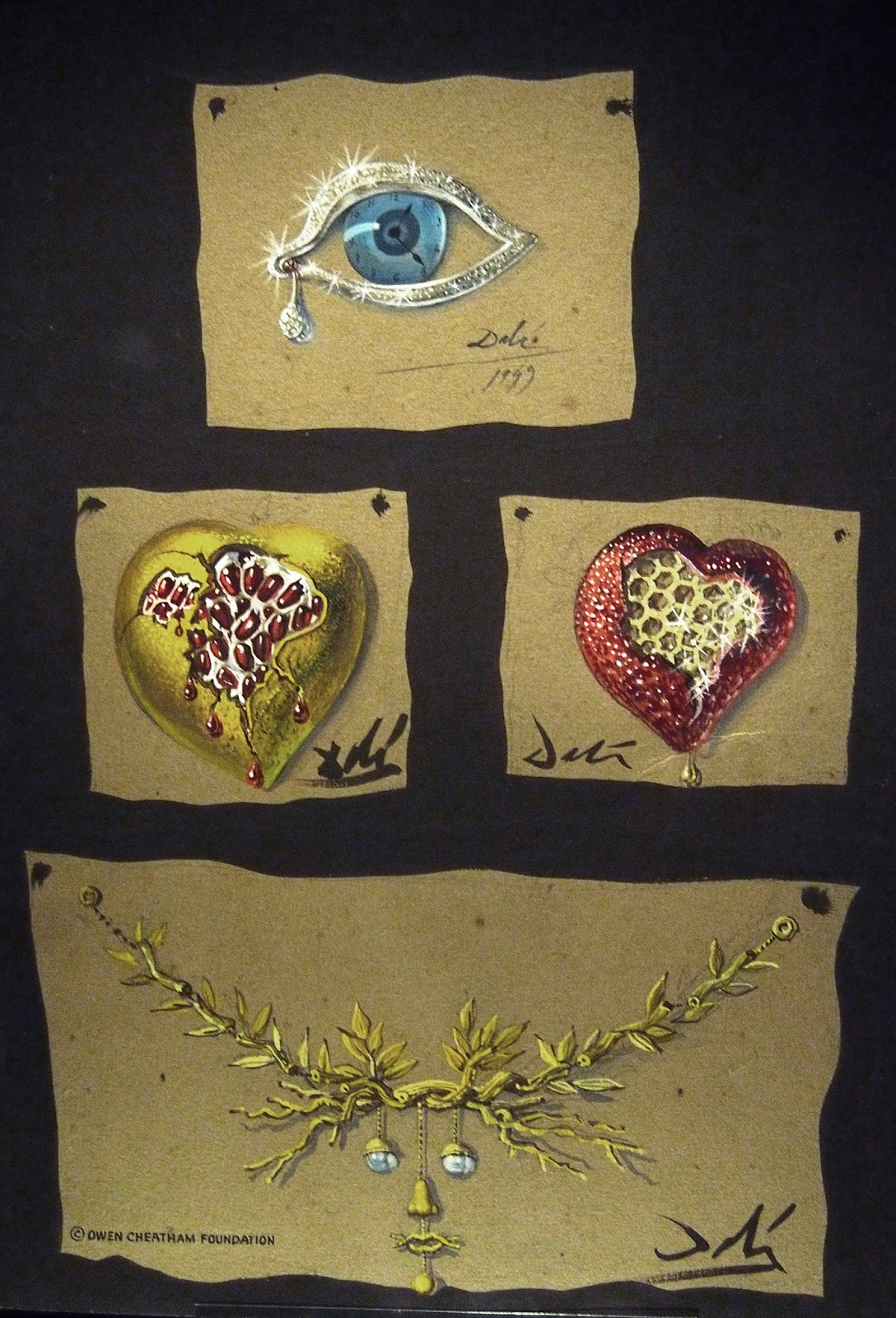
Dalí designed a small selection of jewellery between 1941 and 1970. From the end of WW II through to the early 1960's was a dynamic period in jewellery design. Art Deco was the dominant style of jewellery in the 1920's and 1930's, but it was weighty, bold, and often exotically geometric. In the late 1930's it began to alter, becoming softer, more voluptuous. In the late 1940's and early 1950's people were hungry for luxury and opulence, which offered an opportunity for a revolution in fine jewellery. Light, hand-made wire settings enabled jewellers to create flexible, three-dimensional pieces with cascades of precious stones. By the mid-50's skilled painters and sculptors started to interest themselves in jewellery design. By the early 1960's the emphases had shifted from the materials to the design itself. In was in the early post-WW II period that De Beers brought diamonds to the attention of consumers at all income levels, remember "a diamond is forever". There was a move towards the display of gemstones in unobtrusive settings, i.e. "rivers of diamonds" able to follow the contours of a neck. The nouveau riche of the 1950's wanted colour, creativity and individuality.
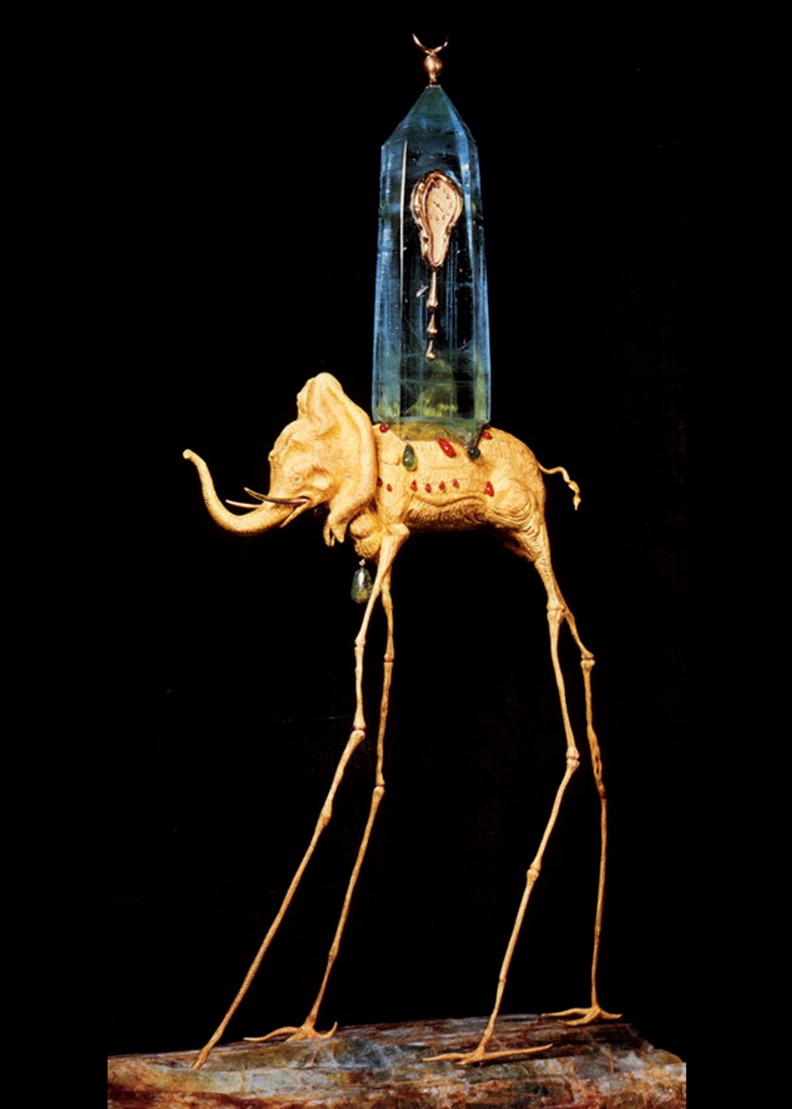
The Space Elephant - rubies, emeralds, diamonds and rough cut crystal with 18ct yellow gold
- with a clock mechanism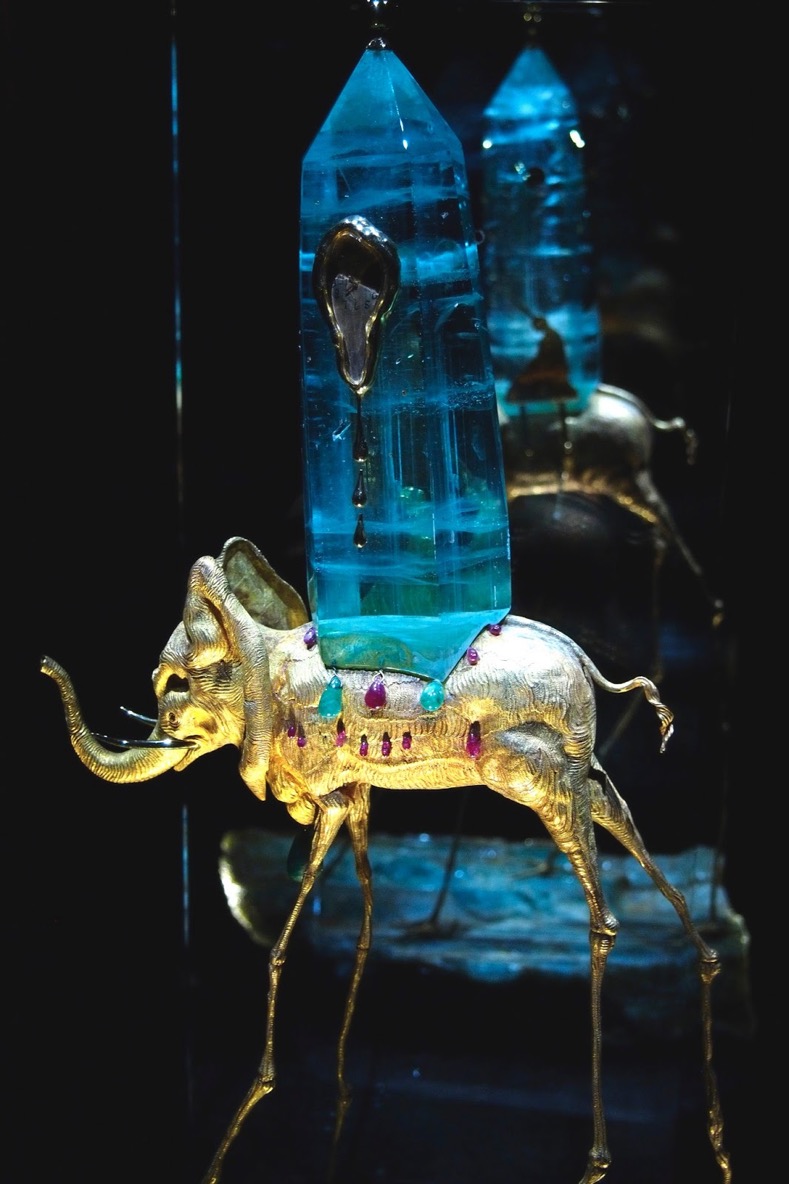
It was in the late 1950's and early 1960's that neo-Renaissance artists began experimenting with jewellery design. They introduced movements such as Cubism and Surrealism into modern jewellery design. This group included Calder, Giacometti, Ernst, Man Ray and de Chirico. However two neo-Renaissance artists produced impressive collections, Georges Braque and Dalí.
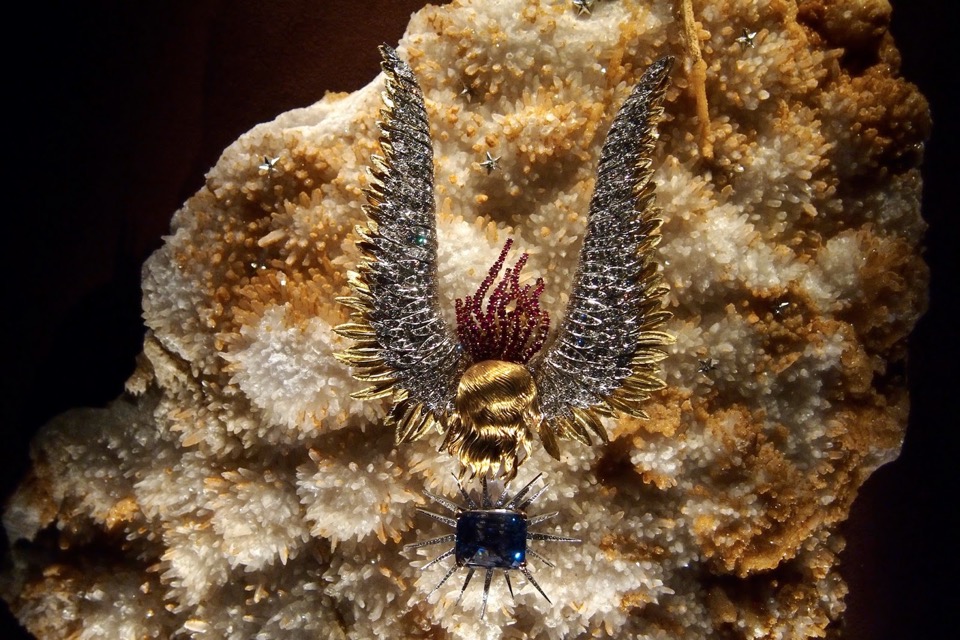
The Falling Angel - sapphire, diamonds with 18ct yellow gold and platinum
- with a mechanism that makes the wings move

The Tree of Life - diamonds with 18ct yellow gold
In particular Dalí noted,…
"My jewels are a protest against emphasis upon the cost of the materials.
My objective is to show the jeweller's art in true perspective,
where the design and craftsmanship are to be valued above the material worth of the gems,
as in Renaissance times"
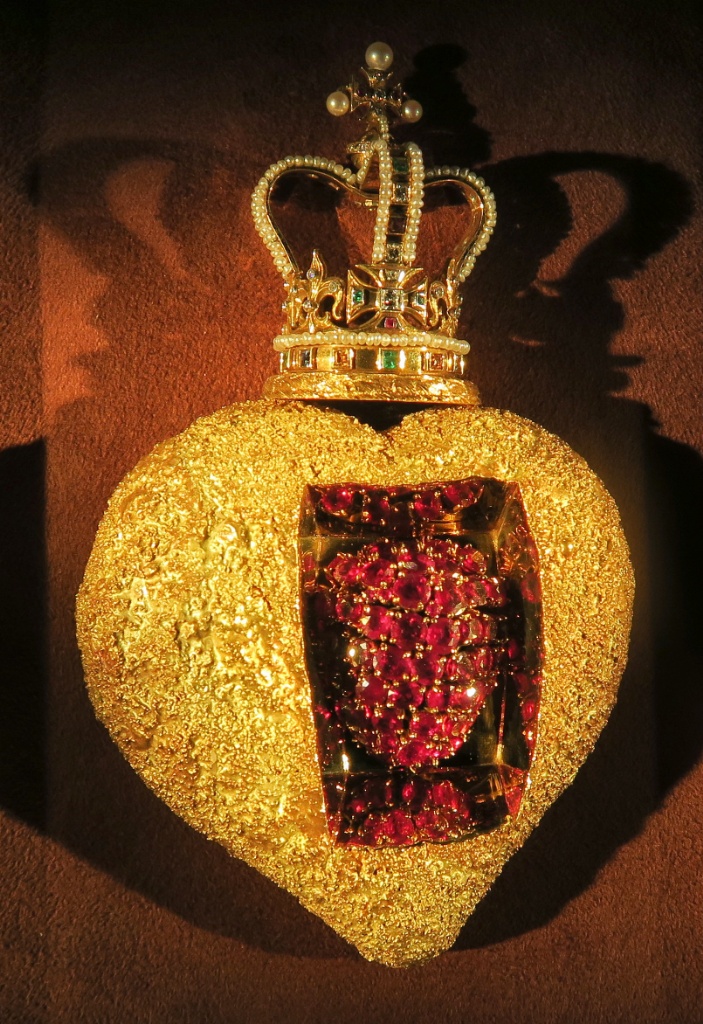
The Royal Heart - rubies, sapphires, emeralds and pearls with 18ct yellow gold
- with a moving mechanism that makes the heart beat
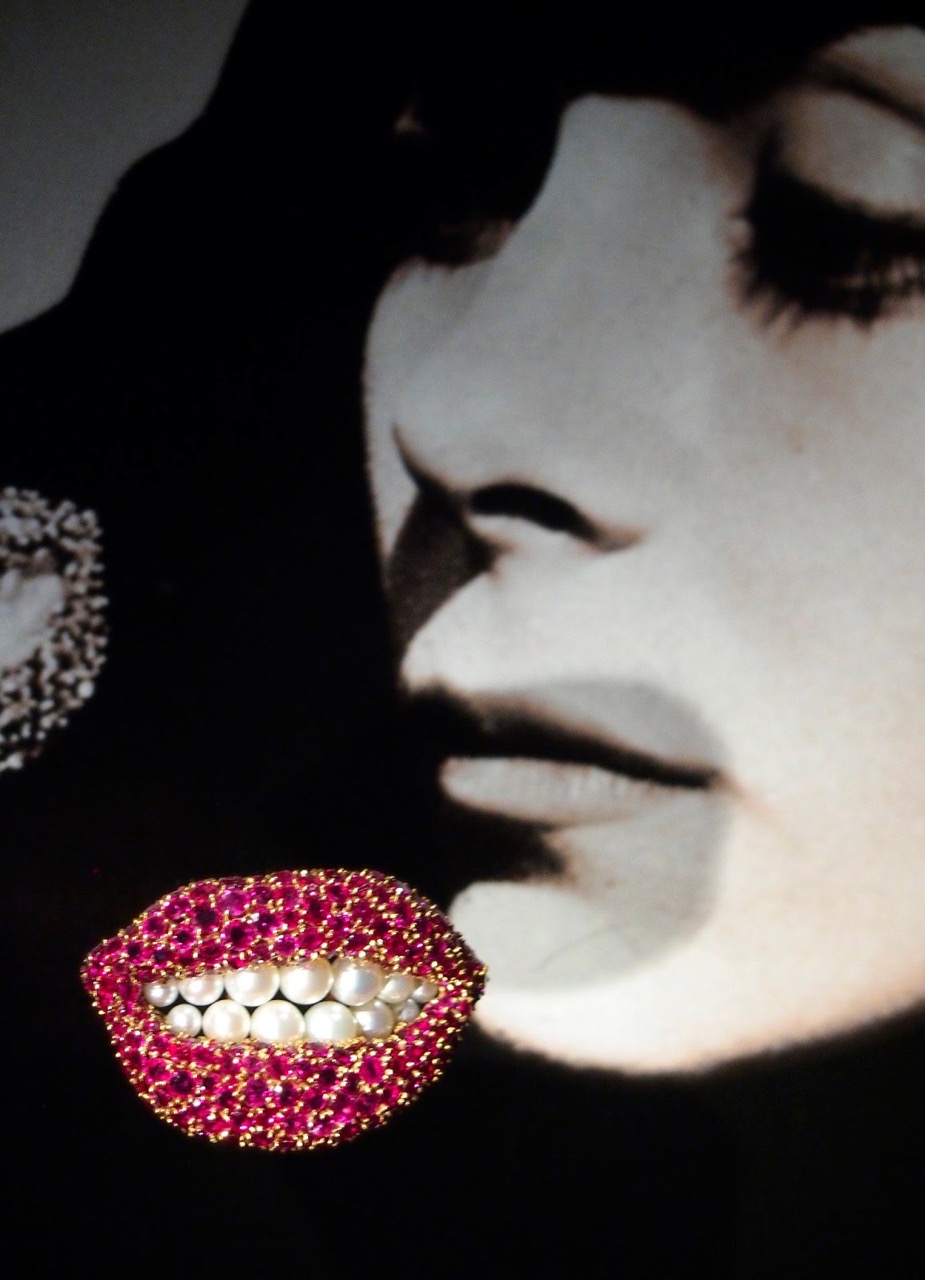
Ruby Lips - rubies and pearls with 18ct yellow gold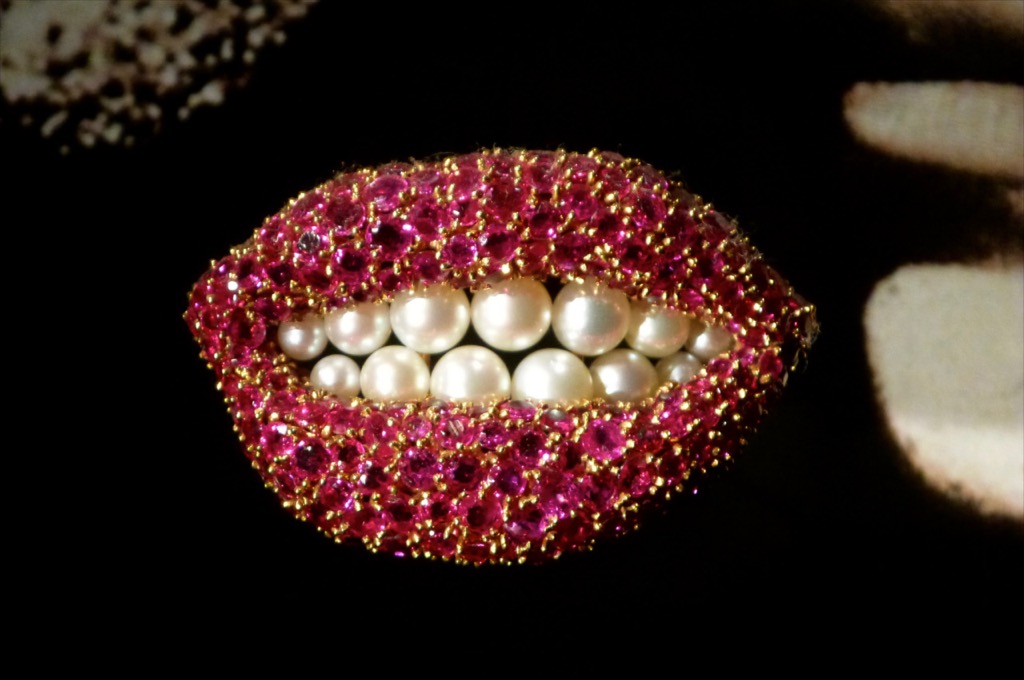

The Spider of the Night - rubies, emeralds and diamonds with 18ct yellow gold
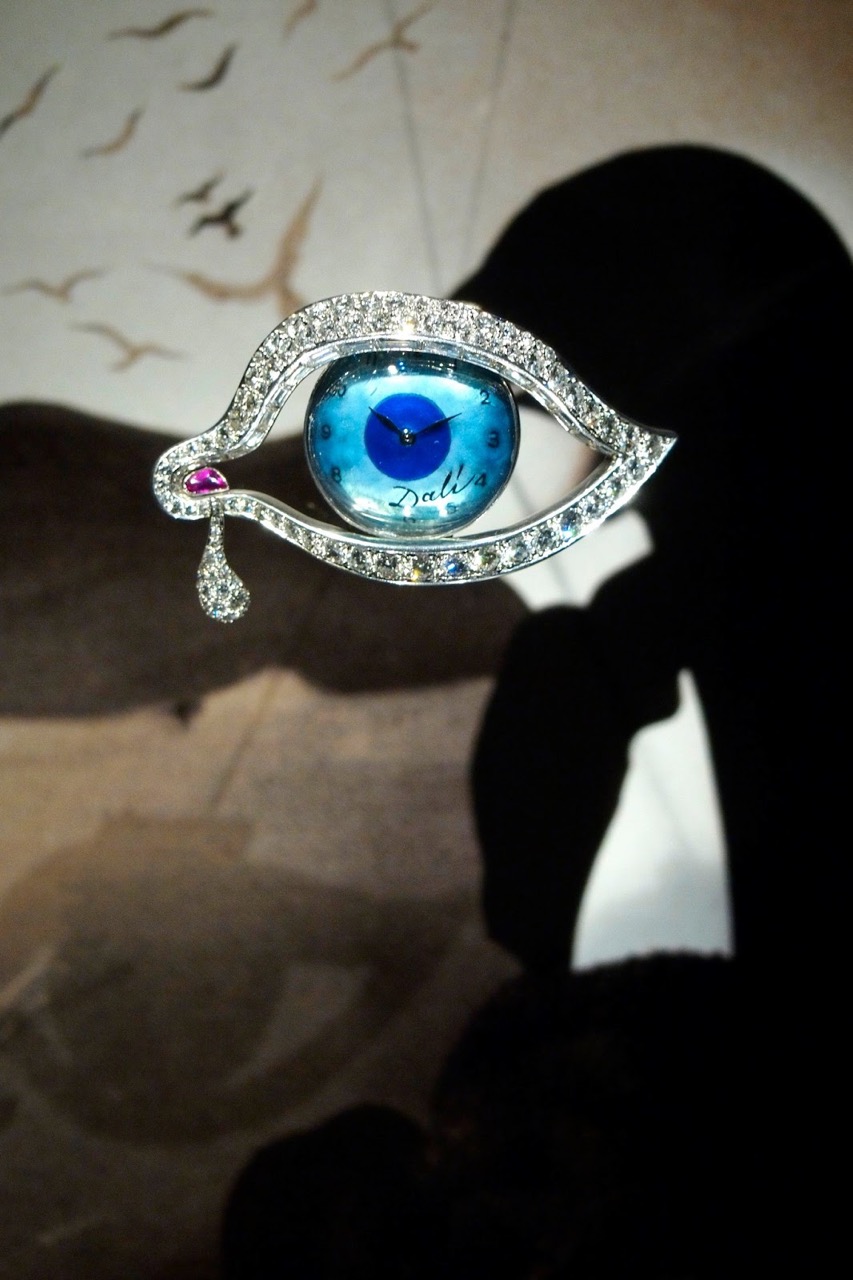
The Eye of Time - diamonds with platinum - with clock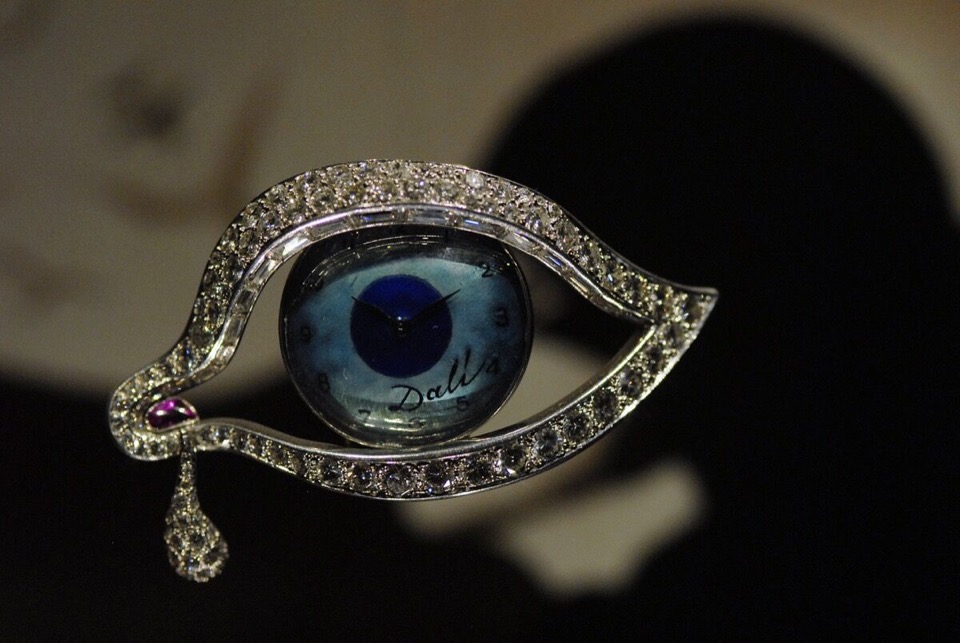
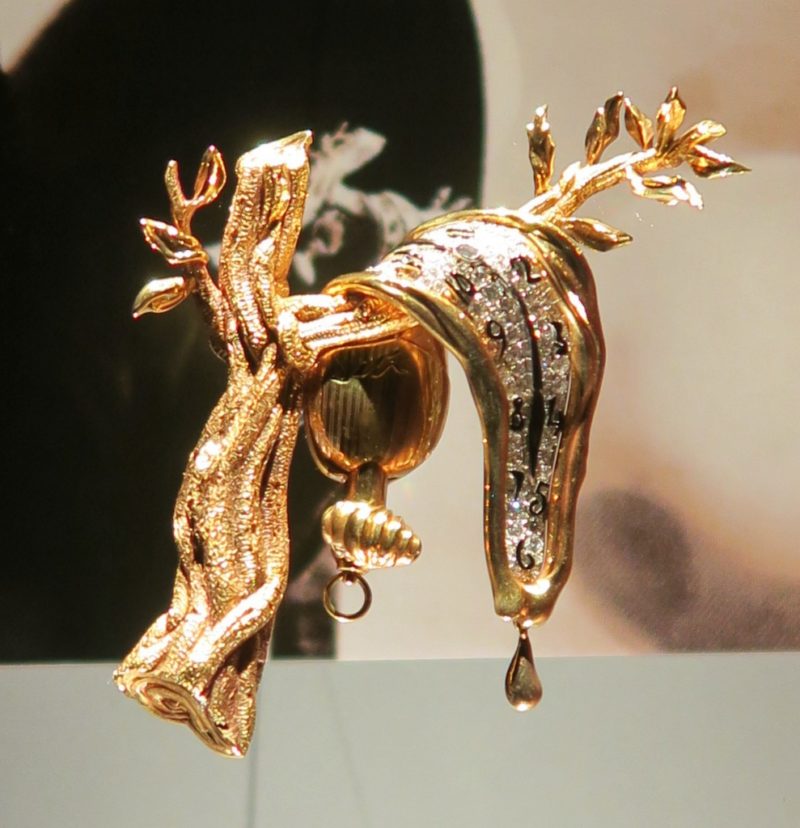
The Persistence of Memory - diamonds with 18ct yellow gold
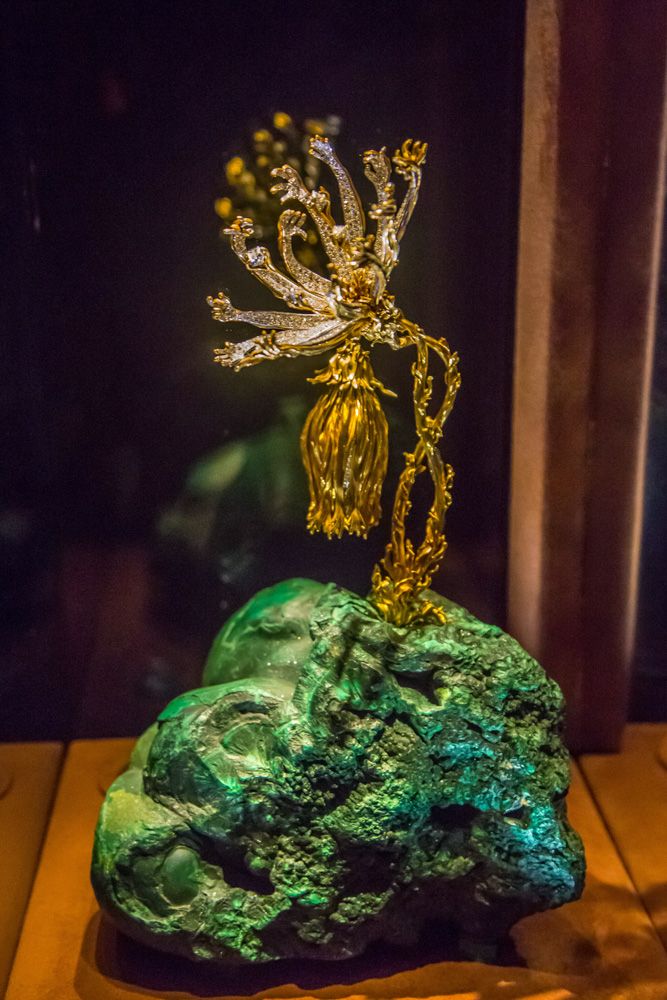
The Living Flower - diamonds with 18ct yellow gold - a moving mechanism makes both flowers move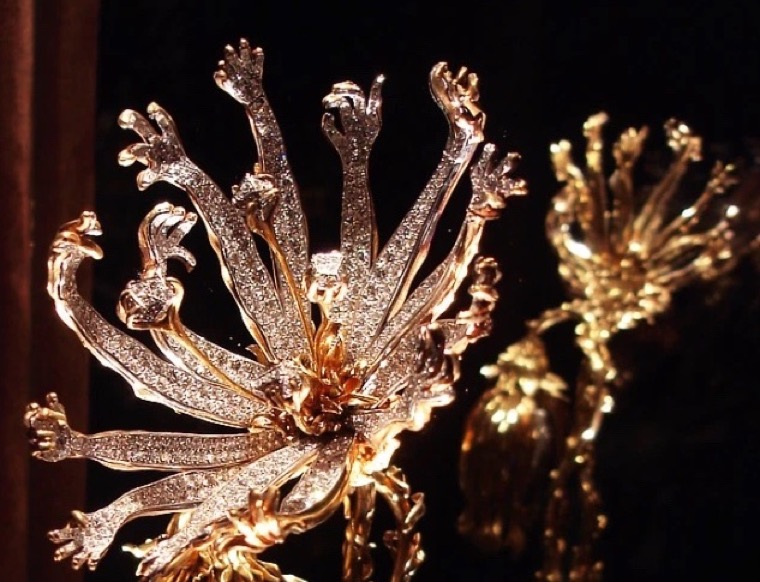

Honeycomb Heart - diamonds and rubies with 18ct yellow gold
"Without a public, without the presence of spectators,
these jewels would not fulfil the function for which they were created.
The spectator, therefore, becomes the final artist.
Their vision, their heat, their mind,
which are fused and capture with greater or lesser understanding of the creator's intention,
gives them life"